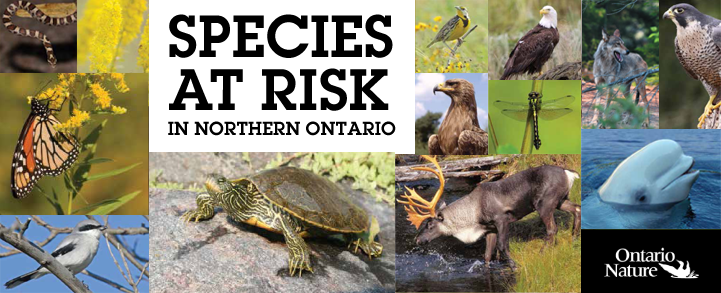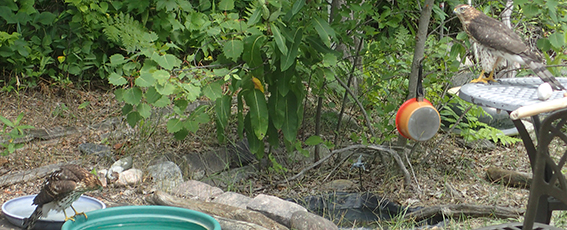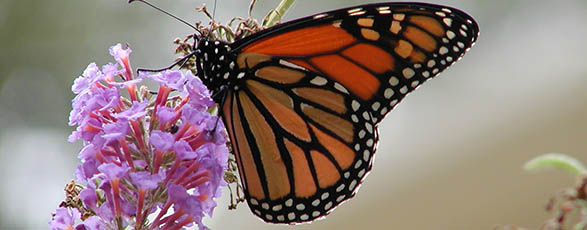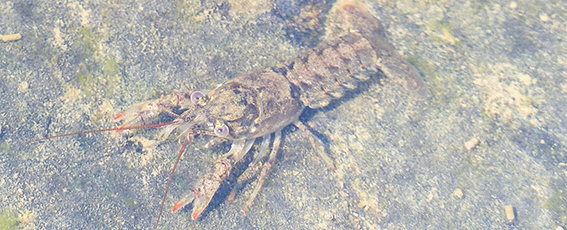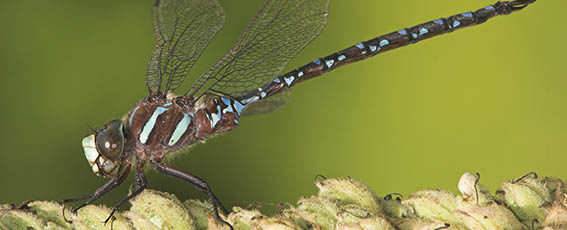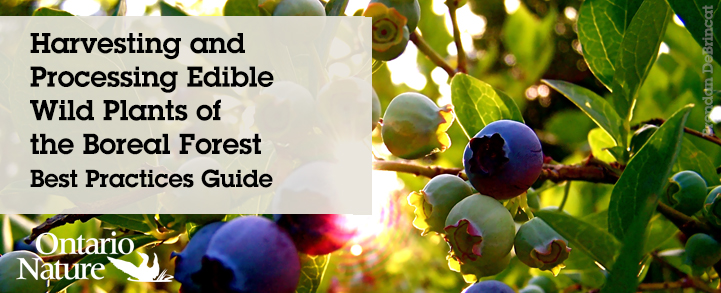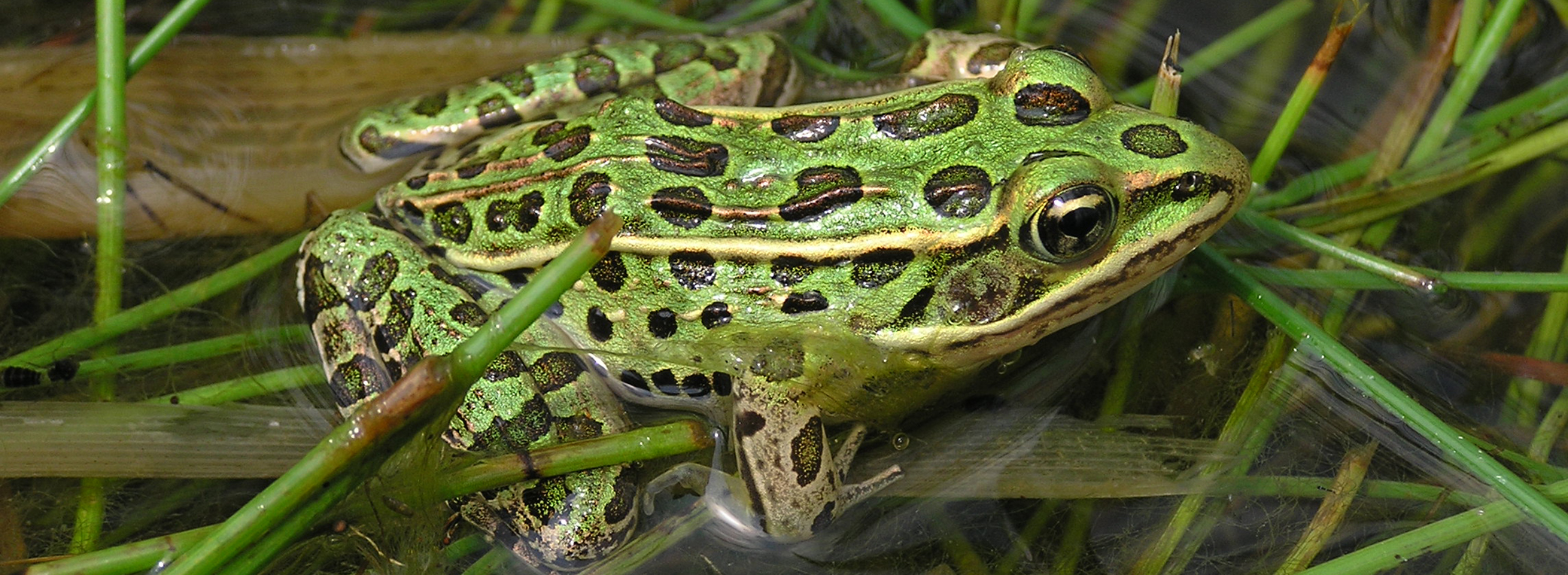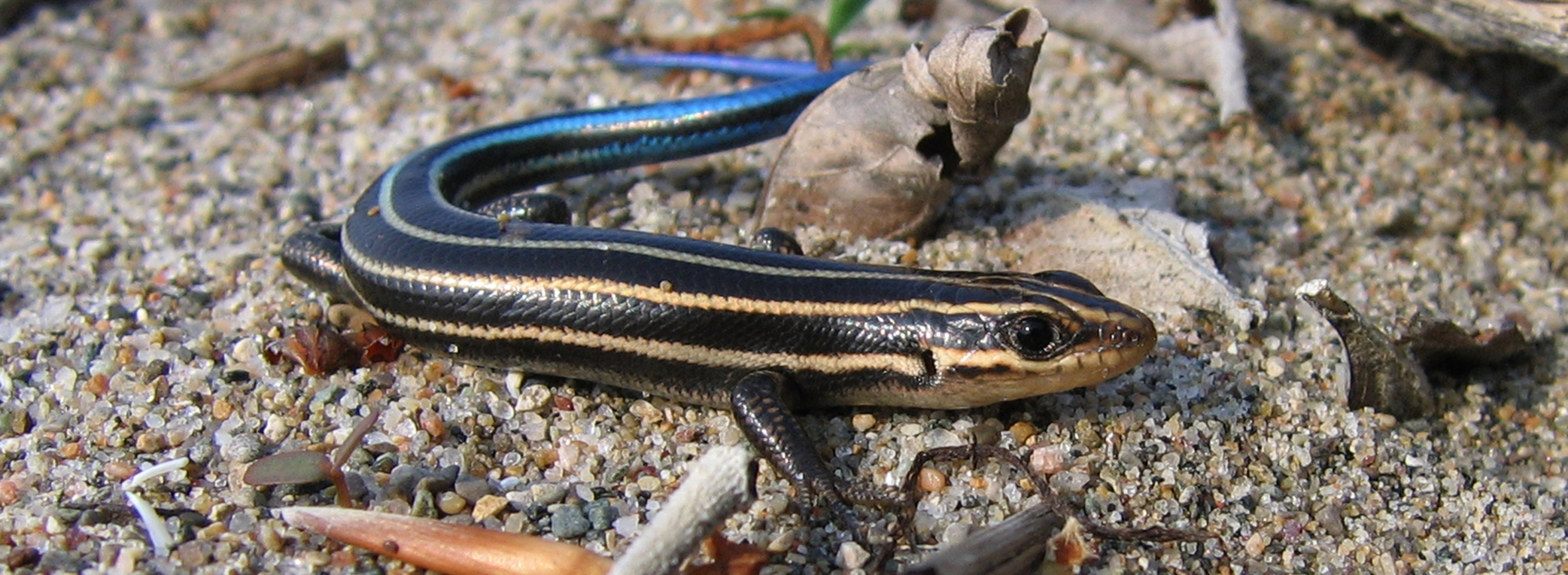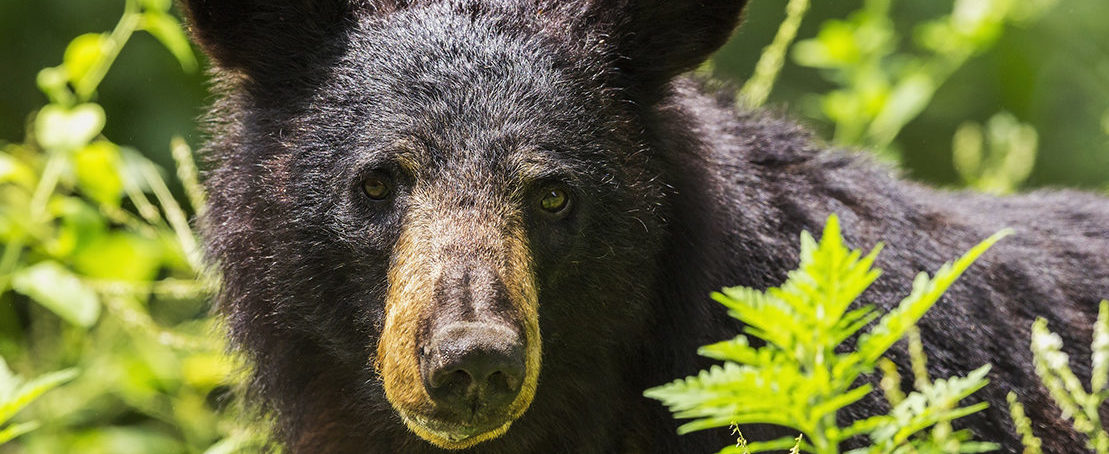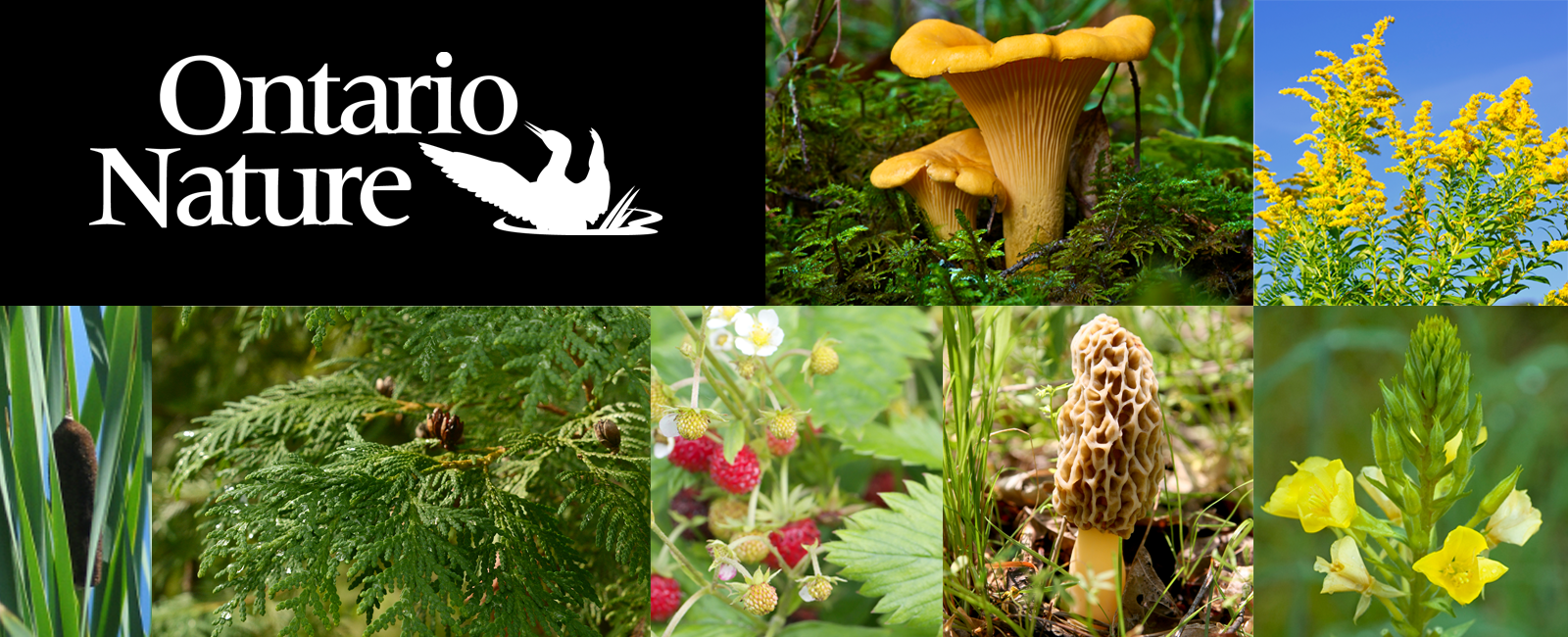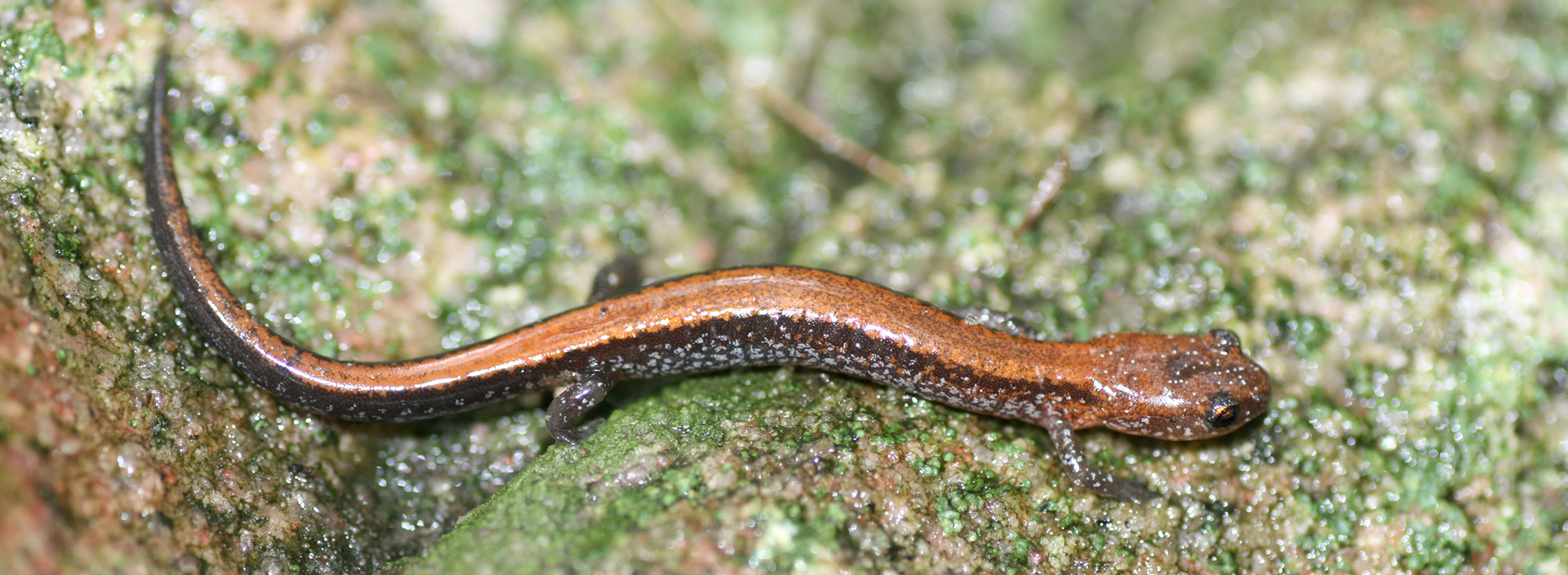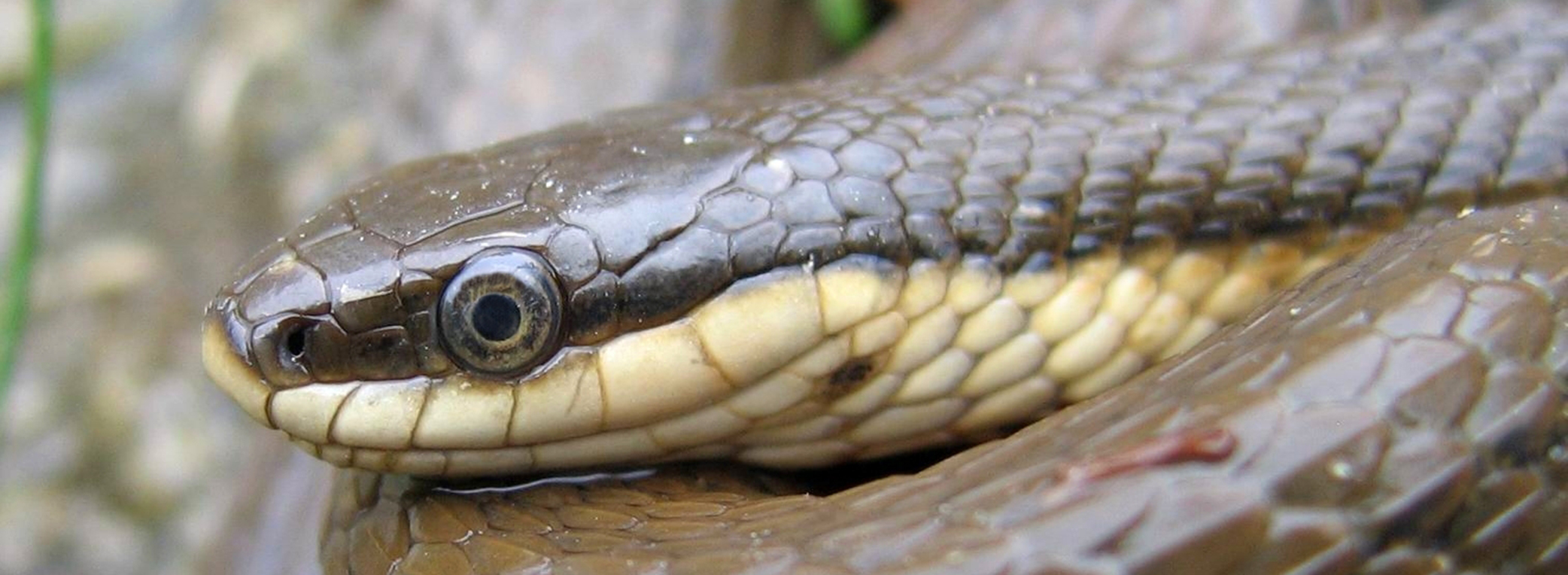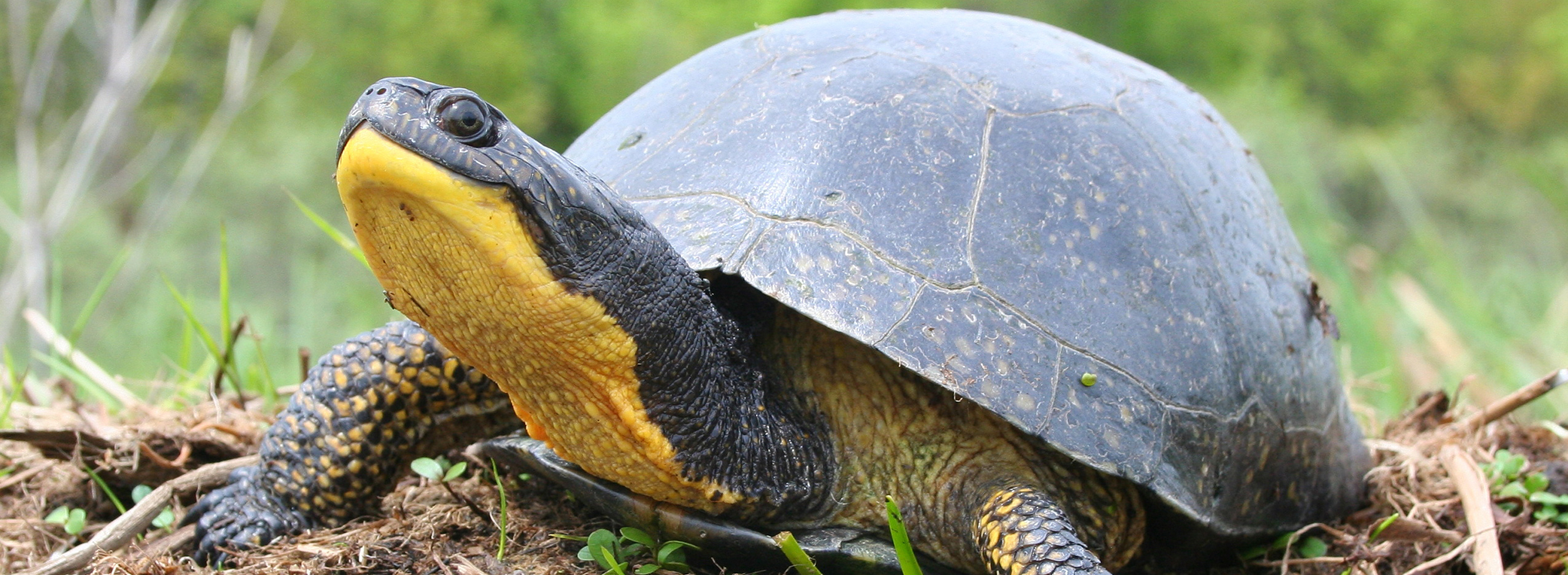This guide is intended as a starting point for learning more about the many wonderful natural features that northern Ontario has to offer. There are many knowledgeable local businesses and tourism operators who may be able to provide additional information and services. For any hiking, canoeing, or other adventures ensure you are well prepared!
You are browsing archives for
Category: Nature Guides
Ontario Nature’s guides bring readers closer to nature by informing and inspiring. Learn about the province’s wild species and wild spaces.
Species at Risk Guide
Learn about more than 50 species at risk that are found in northern Ontario. We are now in the midst of the largest mass extinction since the disappearance of the dinosaurs more than 65 million years ago. Habitat loss and degradation, climate change, invasive species, pollution and over-exploitation of natural resources are some of the factors driving the decline. This handy guide covers mammals, birds, reptiles, fish, plants and insects.
Backyard Habitats Guide
While backyard habitats cannot take the place of large wilderness areas, they can foster the diversity of wildlife populations in urban areas. Regardless of where you live, you can turn even the smallest yard into a wildlife haven with a little time and careful planning. Wildlife considerations can be included in the design without sacrificing aesthetics.
A Guide to Some of Ontario’s Spiders
Provide your info below and we’ll send you a PDF download of the spider guide right to your inbox! Email * First Name * Last Name * Postal Code I consent to receive emails from Ontario Nature. * required
Bat Guide
As the only flying mammals in the world, bats can make an impressive claim to fame. Eight species of these nocturnal creatures live in Ontario – five of which are hibernate in caves and mines and are being decimated by white-nose syndrome. Agile and predatory, bats are capable of extremely sophisticated bio-sonar. While not widely beloved, bats play a vital part of the ecosystem.
Butterfly and Moth Guide
Learn to identify more than 24 common species of Ontario’s beautiful butterflies and moths. Experts and beginners alike will find this popular guide informative and entertaining. Discover important host plants and habitats for your favourite species such monarch butterflies, swallowtail butterflies, tiger moths and luna moths.
Crayfish Guide
Did you know that Ontario has nine species of crayfish? Elusive and all too often overlooked, these fascinating creatures can tell us a lot about what is happening in our aquatic ecosystems. These beautiful guides assist the study of crayfish in the field, highlighting the unique characteristics of each species.
Dragonfly and Damselfly Guide
Dragonflies and damselflies are two related and fascinating groups that make up the insect order Odonata. Dragonflies and damselflies are characterized by two pairs of wings, large compound eyes and narrow bodies. Covering 48 species, this popular online guide connects and inspires.
Edible Wild Plant Guide
This guide is intended for the boreal forest of northern Ontario where foraging presents an alternative to harvesting lumber and the forest’s ability to absorb the impact of harvesting is greater. Forests and freshwater food systems – comprised of plants, animals, birds, fish and fungi – are important sources of nutrition. They are also key indicators of healthy forest ecosystems and food webs.
Frog and Toad Guide
Ontario is home to 12 species of frogs including two types of toads! Did you know that the wood frog can be found on the tundra in the north as well as in southern woodlands?
Check out our comprehensive field guide about Ontario’s frogs and turtles including descriptions, habitat, biology, threats and trends, range maps, and status and protection.
Lizard Guide
The five-lined skink is Ontario’s only native species of lizard. Did you know that only young skinks have blue tails? Older male and female skinks have more uniform bronze tails?
Check out our comprehensive field guide about the five-lined skink including descriptions, habitat, biology, threats and trends, range maps, and status and protection.
Nature Notes
These four-page resources are geared to kids aged 10 to 12. Read about black bears, woodland caribou, invasive species, Ontario parks, the boreal forest, foxes, wetlands, racoons and so much more. Through these profiles you will connect with Ontario’s wild species and wild spaces, and learn about critical conservation issues.
Northern Forest Foraging Guide
Northern Ontario’s forests, meadows and waters provide an incredible range of nutritious and delicious edible wild plants. Ontario Nature has prepared this foraging guide as an introduction to this local resource, and to encourage people to experience the wonders the natural world provides.
Salamander Guide
Ontario is home to 11 species of salamanders. Did you know that spotted salamanders breed in early spring, often while there is still ice on ponds?
Check out our comprehensive field guide about Ontario’s salamanders including descriptions, habitat, biology, threats and trends, range maps, and status and protection.
Snake Guide
Ontario is home to 15 species of snakes. The more you learn about these reptiles, the more you’ll be fascinated by their diversity.
Check out our comprehensive field guide about Ontario’s snakes including descriptions, habitat, biology, threats and trends, range maps, and status and protection.
Spider Guide
Spiders live among us in almost every conceivable habitat. More than 800 species of spiders in Ontario, very few of which are dangerous to people. Yet almost a third of Canadians are afraid of spiders. Learning about these creatures helps mitigate that fear. Spiders play a key role in the food web and are an important food source for other animals including songbirds, fish and salamanders.
Turtle Guide
Turtles, often referred to as modern day dinosaurs, with their distinctive domed, bony shell, are easy to recognize. Ontario has eight native species of turtles and our online field guide covers them all. Check out our comprehensive field guide about Ontario’s reptiles and amphibians including descriptions, habitat, biology, threats and trends, range maps, and status and protection.


